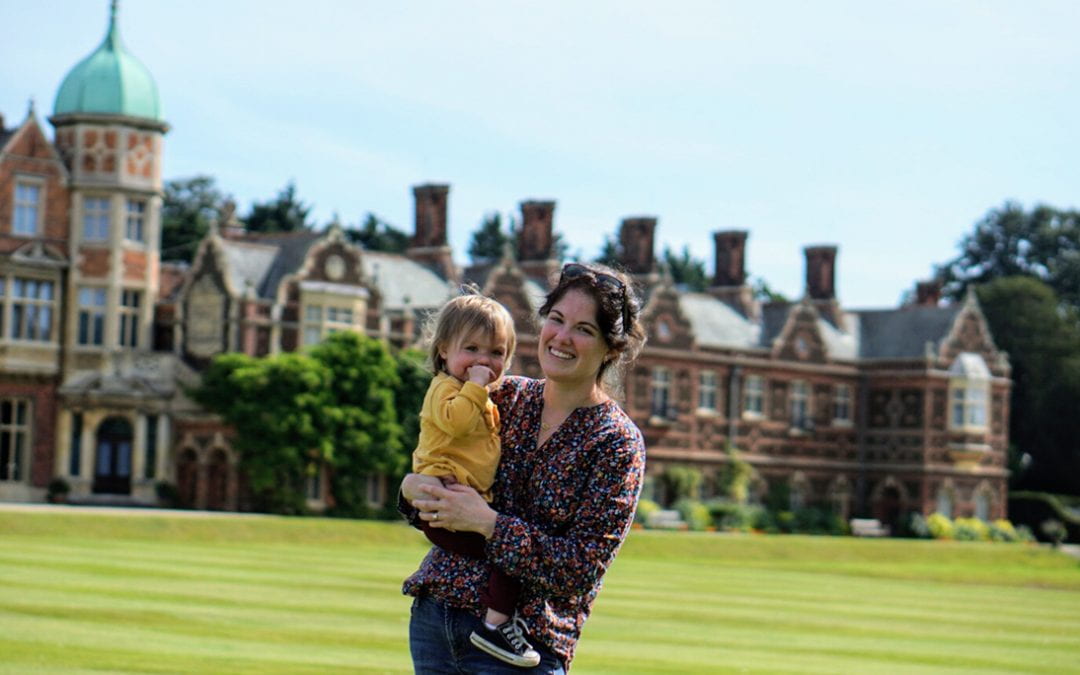Kelsey Mork (B.L.A. ’14) is a historical landscape architect who owns a consulting business working directly with the National Park Service. In this conversation, Mork shares her path to becoming a historical landscape architect and discusses the variety of projects she’s worked on with the National Park Service Alaska Regional Office.
How did you first become interested in landscape architecture?
I originally wanted to be a historical architect who focused on the landscape. I was not aware landscape architecture existed. On my campus tour, I learned about landscape architecture and instantly switched.
Why did you decide to go to the University of Arkansas and/or the Fay Jones School?
My family is from Arkansas, and even though I grew up a military brat in Georgia, I always knew I wanted to go to the University of Arkansas. When I learned there was an architecture program, it only affirmed my decision.
What unique experiences or perspectives do you have that make you stand out in your field?
Historical landscape architecture is a very niche field. It is a small group of people, and most are associated in some way with the National Park Service. The job entails a lot of research, writing, analyzing and evaluating. Design work is not necessary on most projects. I believe my passion for history and understanding of the cultural landscape helps me excel in this field.
What has been your career path so far?
My first position out of college was through the National Council of Preservation Education internship program as a cultural landscape program intern at the National Park Service Alaska Regional Office. I worked as an intern for four months and then transitioned to a temporary employee working as an archivist and author. I was quickly hired into a term position for Historical Landscape Architect. I served in that position for three years, before my husband was stationed in England. I now own a consulting firm working directly with the National Park Service as Historical Landscape Architect.
What are some of your interests and involvements outside of work?
I love being with my family and exploring the outdoors, learning about history, and traveling with them. Living in places like Alaska and England, I have been able to do just that. Just give me a camera, and I am set. I also enjoy reading, especially history based novels!
Who have been your biggest supporters?
My husband, Mathew, is my biggest supporter, as well as my parents and siblings. At the risk of sounding cliché, my classmates from studio, and my best friend, have been there supporting me since that first day of class.
What has been the most interesting project you’ve worked on?
Being stationed at the Alaska Regional Office, I have had many interesting and unique projects. The cultural landscapes in the region range from Native Alaskan sites, Traditional Cultural Property, ethnographic landscapes, mining sites, airstrips, etc. I write Cultural Landscape Inventories, Cultural Landscape Reports, treatment plans and provide advice on park projects involving these cultural landscapes. These projects required me to travel to remote locations in Alaska and work closely with archaeologists, historians, architects, anthropologists, etc. The most unique opportunity I had was writing the book titled “The Historical Atlas of Seward.”
What are you working on currently?
My consulting firm works directly with the National Park Service, specifically the Alaska Region. The next project I will be working on is a Cultural Landscape Report for a cultural landscape in Kenai Fjords National Park. This will require research into the site, drafting an extensive site history, completing a full site analyses and then providing recommendations regarding the treatment of the site.
